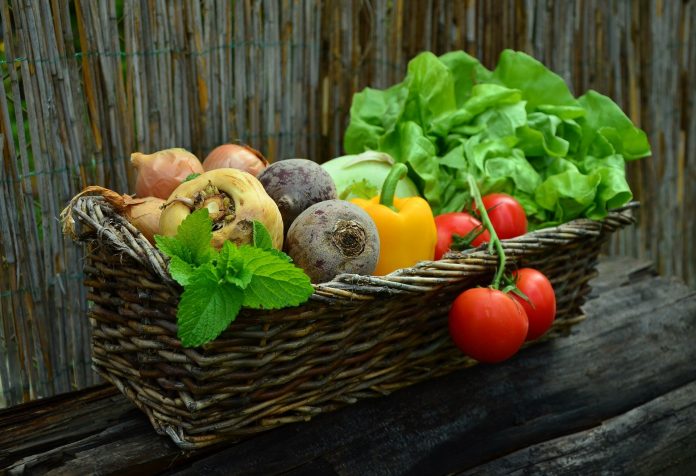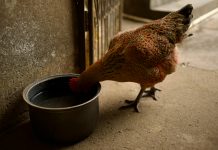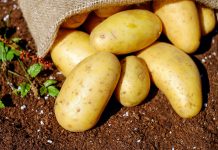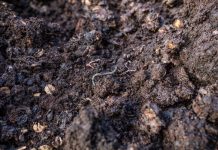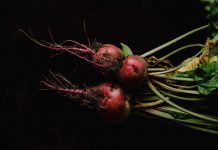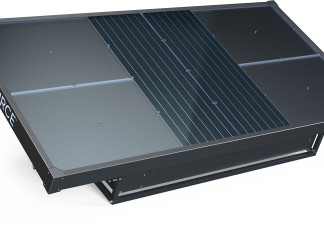For those living off the grid to one degree or another, be it a homesteader out on an isolated plot of land, or someone closer to city life, there are certain things that can come in handy. Regardless of how far off the grid you have gone, or hope to go, you’re going to need food. For those closer to a city or town you can get hit a local store and stock up on the basics, but many who choose to go off the grid prefer to grow or harvest at least some of their own vegetables, fruits, seeds, and even meats. The trouble is what to do with it if you have an overabundance and you don’t want to just let it go to waste?
This is where having several methods to preserve your food is needed. Dairy Test kits and food test kits can help but need not always suffice. Different methods work better based on what type of food you are trying to preserve and they each have their own shelf life, so it’s important to keep this in mind and to clearly label your reserves with the date you made them.
If you’re looking for ideas, we’ll provide you with a starting point but as always we suggest you do additional research to get full directions and further insight. This is merely a starting point, not an in depth, step by step explanation but we will include some links within the text for more details to help you get started.
5 Methods Of Preserving Food:
1. Drying/Dehydration.
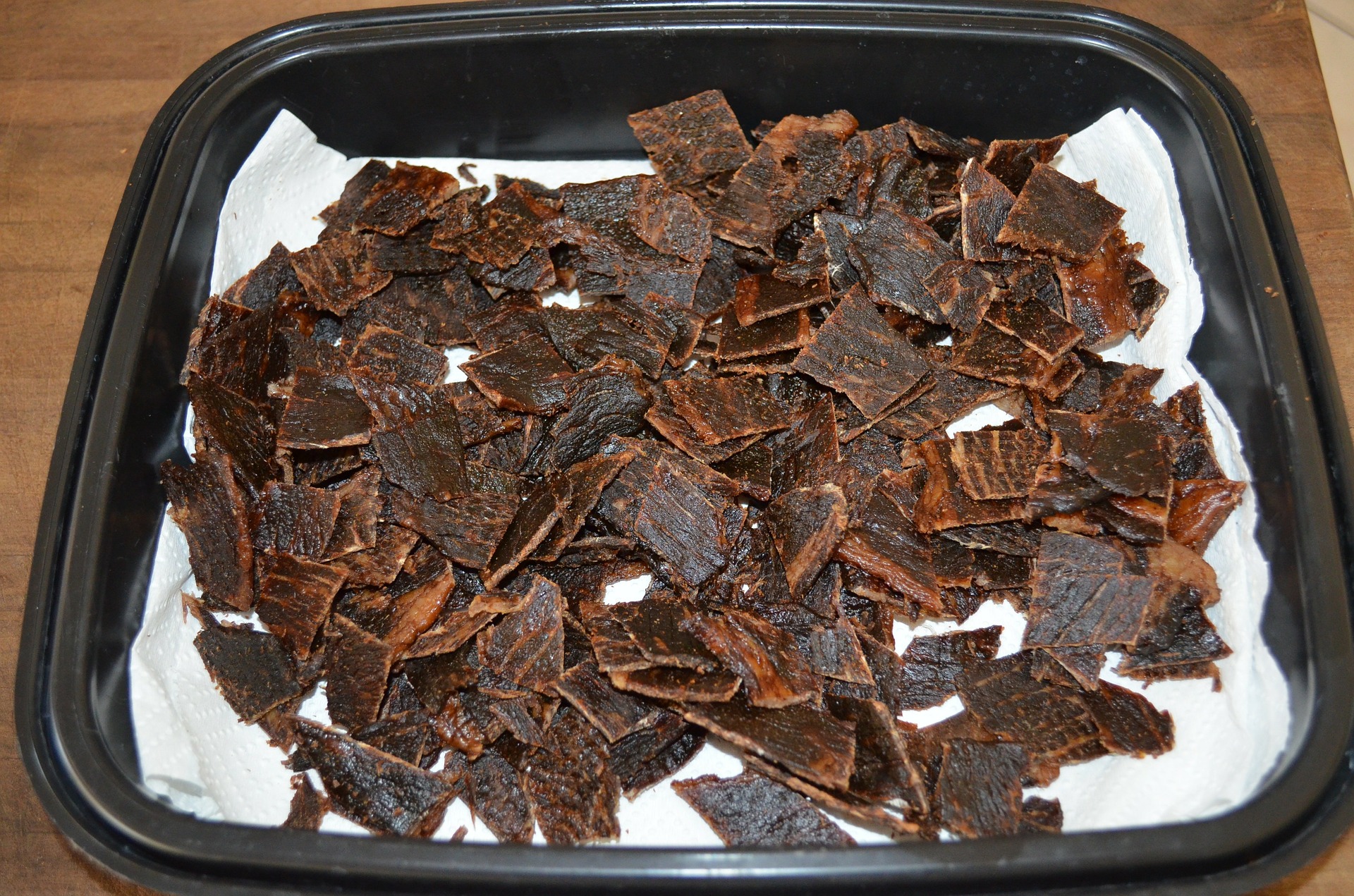
This method is just as it sounds. Drying the food and removing the moisture from it will keep it from degrading and keep it edible well past the usual lifespan of fresh. You can use smoke houses (or a store bought smoker), air dry, low slow heat in an oven, and of course a wide variety of consumer and commercial food dehydrators.
Certain fruits and vegetables work well with this process, such as various peppers, bananas, apples, berries, and so on. It is also a great method to make jerky out of any cut of meat you prefer and will extend the life of your food supplies (how long varies on many factors).
2. Root Cellars/Cold Storage.

This needs to be a cool and DRY space. It can be in an unheated basement or pantry, dug into the ground, or any area that you can ensure stays both cool and dry to make sure your food will stay fresh longer.
This method is typically best for root vegetables (hence the name), dry corn, beans, onions, potatoes, apples, and garlic.
3. Canning/Preserving
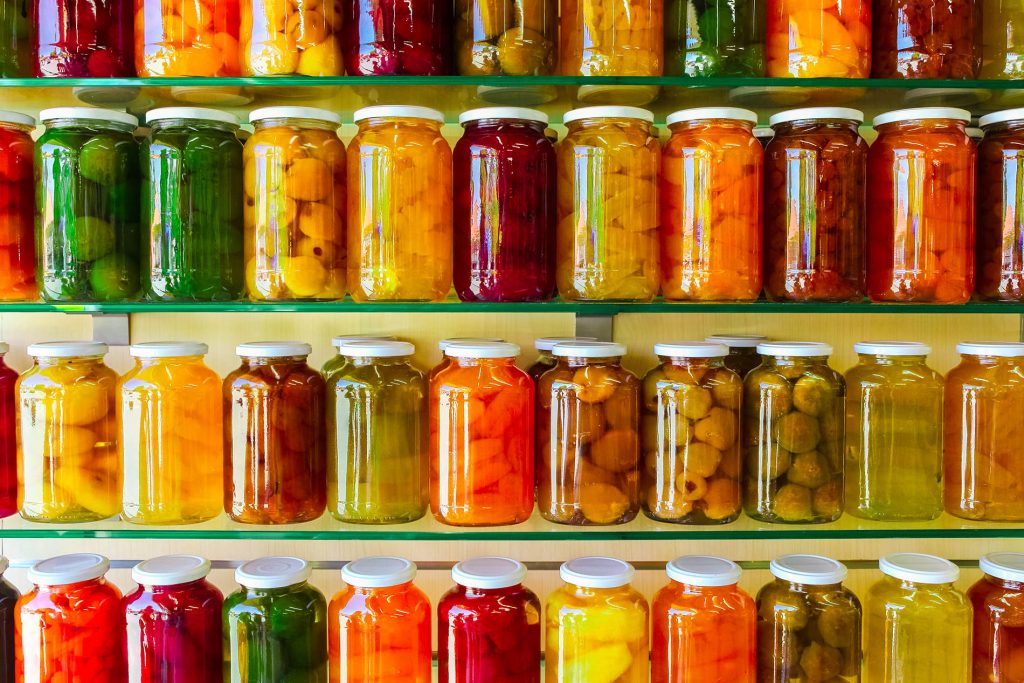
This method is a common and many people, whether they are off grid or not, employ this method to make and preserve a wide variety of products, from jams and jellies, to salsa and preserved fruits like those inside that harvest right freeze dryer. There are different ways to can your foods and each uses their own supplies and work best with different types of foods. Water bath canning and steam canning are good for high acid foods, while pressure canning is the method to best preserve low acid foods. Both steam canning and pressure canning require care due to the steam and pressures involved so you will want to dig deeper before going into these methods if you are a beginner, and always follow the safety procedures.
You can use this method to preserve fruits, soups, beans, jams, jellies, salsas, and a wide variety of others. You can create your own favorite concoctions as well, just be sure to know if it is a high acid or low acid product so you know what method of canning to use.
4. Freezing
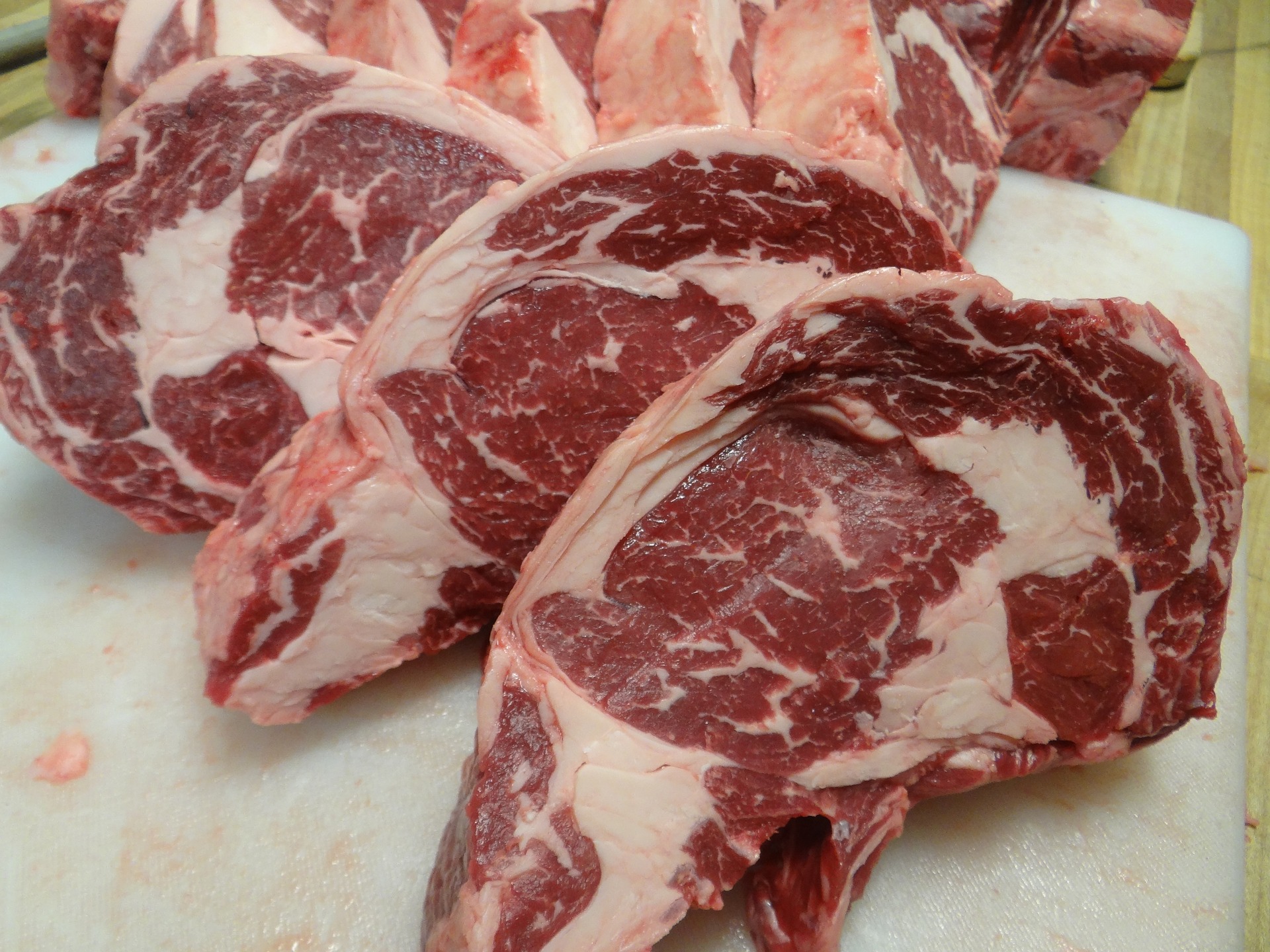
Pretty straight forward. You can freeze almost anything but some will work best with some prep work beforehand. For most vegetables you can blanch them before you freeze them. This will keep them looking and tasting fresher. Usually 3 minutes of boiling then an immediate ice bath is all you need to properly blanch most vegetables. Most fruits and meats can be frozen as is, though you may want to freeze your fruits in smaller batches on cookie sheets before combining them into a vacuum sealed bag for long term storage. Of course, freezing is limited to your freezer space and budget to buy additional freezer units, but even a small chest freezer can provide plenty of room to stockpile something delicious. If you find yourself needing even more storage, consider investing in a walk in freezer or walk-in fridge for added convenience.
5. Pickling
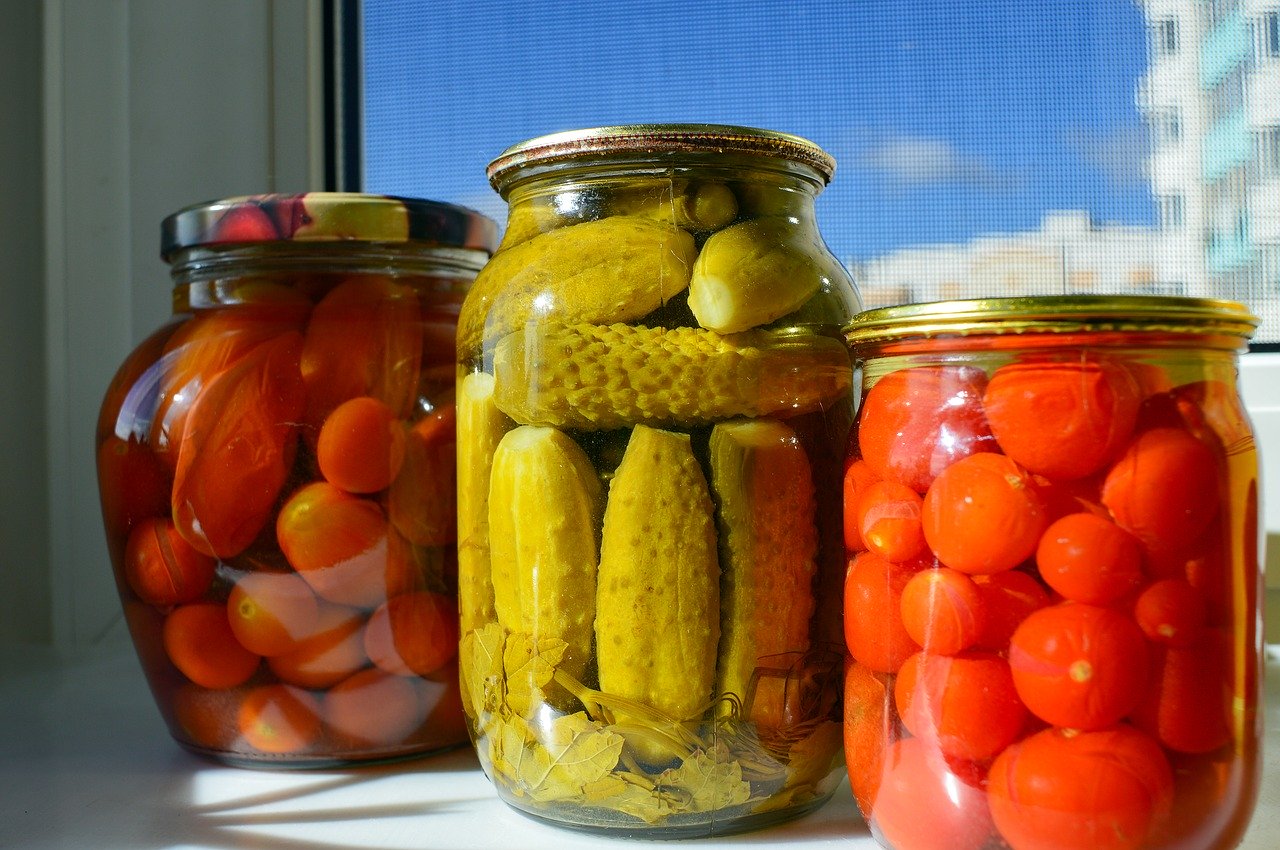
While there are a few methods that might be referred to in general as “pickling” the one we’re talking about is vinegar pickling as it is the most common and is extremely simple. It essentially is nothing more than preserving your food in an immersion of vinegar. That is it. However, you can add sugar, spices, herbs, and other ingredients to create your own unique blend during this process. Various small cucumber varieties are the most common item to be preserved in this fashion, but people also pickle everything from eggs, carrots, beets, and even meats. Bacteria can’t grow in the high acid environment created by the vinegar so your food will be safe to eat for a long time. If the idea of experimenting with pickling at home intrigues you, platforms like Awesome Cuisine offer a range of easy-to-follow guides for mastering the art of pickling and more.
BONUS: MAKE EXTRA MONEY FOR YOUR HOMESTEAD SELLING PRESERVED FOOD AT THE LOCAL FARMERS MARKET OR STARTING YOUR OWN ONLINE STORE!
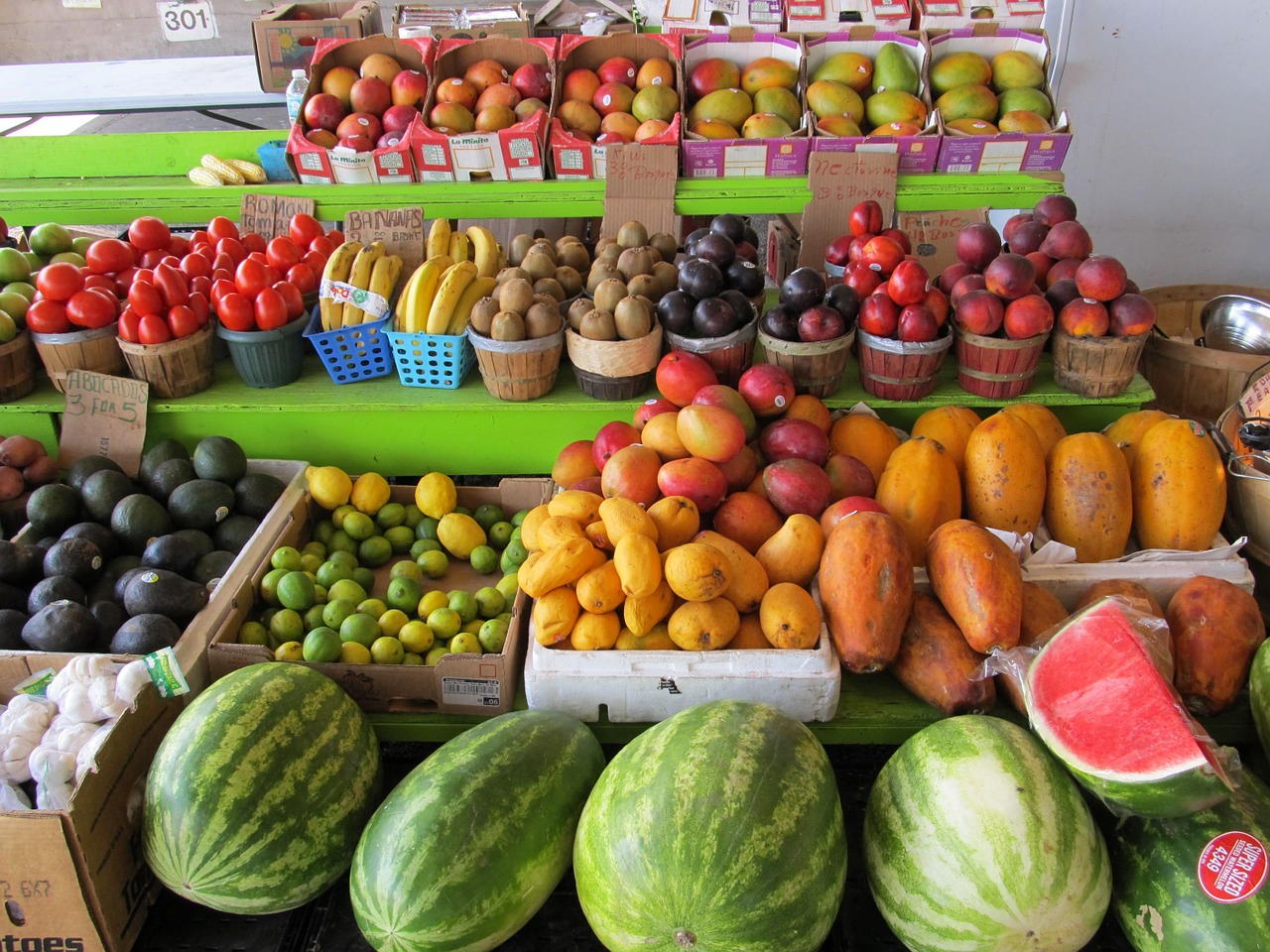
You can make extra money for your off grid homestead by selling the foods you preserve. Beef jerky, jellies, jams, honey, and potato chips all sell very well at farmers markets and it helps the local economy as well. If you’re really wanting to supplement your income you can start an online ecommerce store to sell your foods to customers all over the world. If you make great beef jerky or jellies and jams for example people will pay top dollar for homemade “Mom and Pop” brands. Check with your local, state and federal laws concerning shipping food. It’s possible and people do it all the time. It’s a great way to add to you income doing what you already do anyway while working on your off grid homestead.
Good luck and happy homesteading!
***


